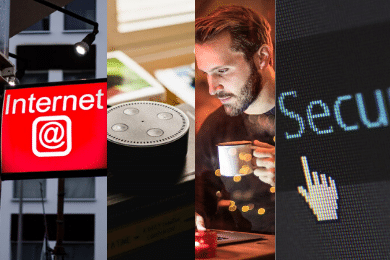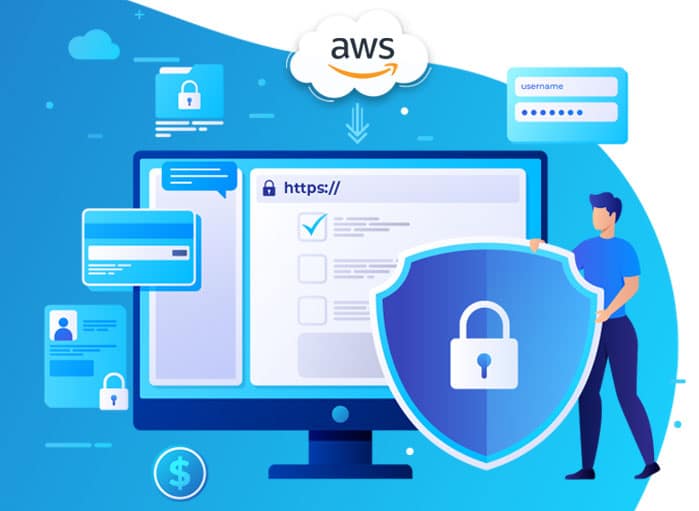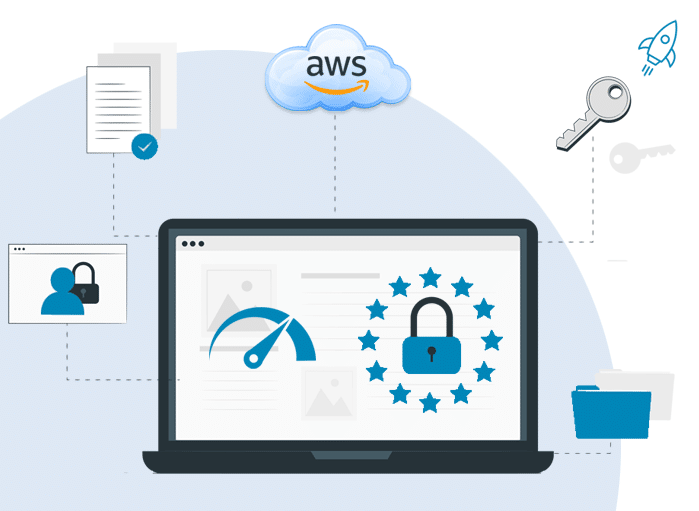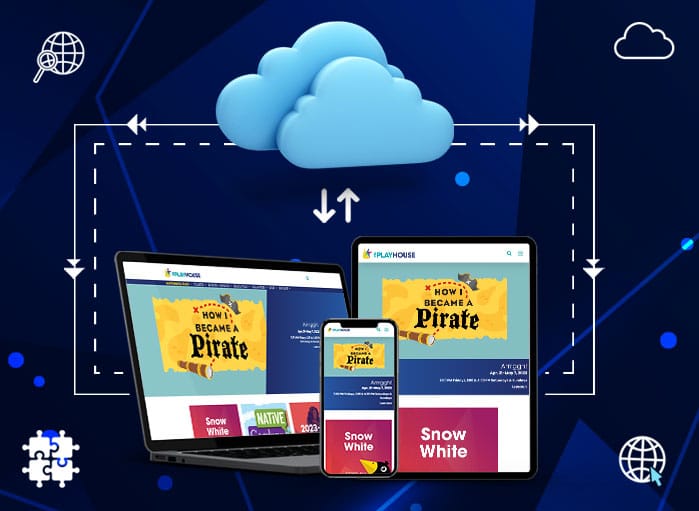
All You Need to Know About Future of IoT
Tags: Artificial Intelligence,IOT
eWay Corp January 17, 2020 2 MIN READ

It is predicted that by 2020, there will be near about 3 billion IoT devices. The pace in which IoT is making its presence felt in our lives, it’s evident that we will see more of technological advances this year. In other words, 2020 will be an important year as most people will start to build the infrastructure needed to support most IoT applications. It’s time to keep yourself updated with the upcoming changes and trends.
Dealing with data
IoT in the future will have to do a lot about data. It will not only change the way we live our lives or do business but will closely follow the way data is generated, analyzed and stored. A fair share of this data will be handled methodically if you have already availed or plan to avail cloud services. Cloud can handle the storage and analytics capability. But when it comes to specifics, the cloud often falls short and IoT needs to work on these specifics.
The rise of a single unit comprising the capabilities of AI and IoT will allow you to handle large volumes of data with precision. AI or artificial intelligence will rapidly identify the trends and IoT will collect extensive data with accuracy and precision.
‘Smart’ homes will be smarter
The future of IoT will have to do a lot with smart home technology. In 2019, we have seen a surge in IoT apps, and this will continue as homes become more interactive. Gone are the days when people could direct the devices.
The intent of IoT future applications is different; devices will tell people what to do making homes smarter. From smart lighting and intelligent thermostats used to preserve energy to better traffic management, high level of security and less polluted cities, it’s all about IoT.
Surveillance and high security
Come to think of future development of IoT, the automotive and industrial sectors can expect a lot of growth. And many of the changes will be noticed in video surveillance and video applications. As per predictions, these two sectors alone will experience an annual growth rate of 60% for IoT.
Most of the growth will come from developing advanced sensors that can capture data from machines, automobiles, and industrial assets. The combination of AI and analytics will help in the analysis of data for better navigation capabilities.
Using blockchain for IoT
More people will be willing to keep IoT devices in their homes; connected devices that will make life easier and simpler. But they cannot eliminate their concern about safety about cybersecurity. In the coming days, a lot of software will be used to collect data.
But how do you ensure safety in the face of data tampering? The most important issue here is a centralized network that will be used for running the IoT gadgets. Blockchain should be considered as the backend of IoT applications. It can also be used effectively to safeguard the data.
Cloud computing may take a backseat
Although the future of IoT will depend a lot on cloud computing, one cannot ignore the importance of edge computing. In the next 5 years, cloud computing may even take a backseat with next-generation edge computing taking over. Previously, everyone relied on the cloud for storing data.
Now with the advent of IoT, the data will be first sent to a local device near to IoT. This closer device will work on the data and will send the data back to the user either fully or partially. This helps to decrease the traffic in the network. Known as ‘edge computing’, it has several advantages.
As more and more people depend on apps based on IoT, they will want to customize the technology as per their requirements. Automation will be the key to comfortable living; hence customizing data as per the requirement of the user will be taken into consideration.
Future of IoT in Retail
The supply chain management system based on IoT is going to be more efficient. Smart sensors and beacon technology will enhance the shopping experience. It will be a tailored experience that will be extremely comfortable.
In the next few years, IoT will personalize the way you shop. Imagine having an indoor map of your favorite shop where you will be redirected to the exact product you want. With IoT, you can have a better integration of personalized retail experience.
Resource Management at its Best
When we talk about the future of IoT, you simply cannot miss about resource management. The future of technology will be such that it will be easy to identify consumer patterns. Once you understand the patterns and map the way IoT can be used, you can integrate the technologies behind IoT systems paving way for better resource management.
Think about a project which deftly identifies the required soil and water needed for farming with other parameters like texture and salinity of soil and the amount of fertilizer needed. If there is one unified system that can combine all the variables, how easy it will be for framers to have a better yield of the crop?
Normalization of Software-as-a-Service
Talking about the future of IoT, it is impossible to ignore Software-as-a-Service or SaaS. It is the trend that has made its way to mainstream IT. It is predicted that SaaS backed by IoT is going to make life easier for people in general.
IoT is going to change our lives in a big way. The question you should ask is whether you are ready for the future of IoT? It’s no longer being just connected to the internet; it’s about embracing a holistic change that will keep us connected and elevate our life experience in totality. One of the first steps in this journey is to go for cloud migration.
If you are looking for a trusted partner, you can connect to eWay Corp, one of the well-known companies in Des Moines for cloud migration.



